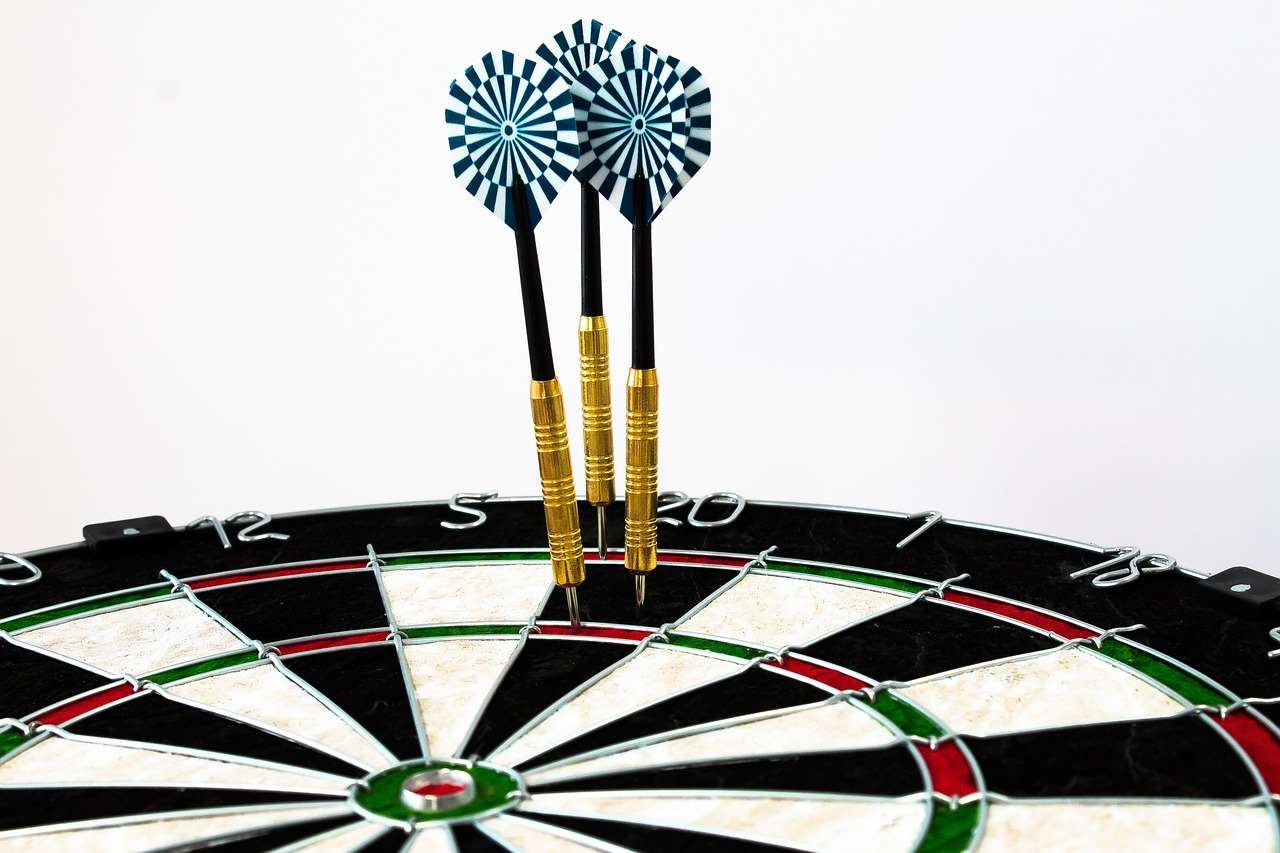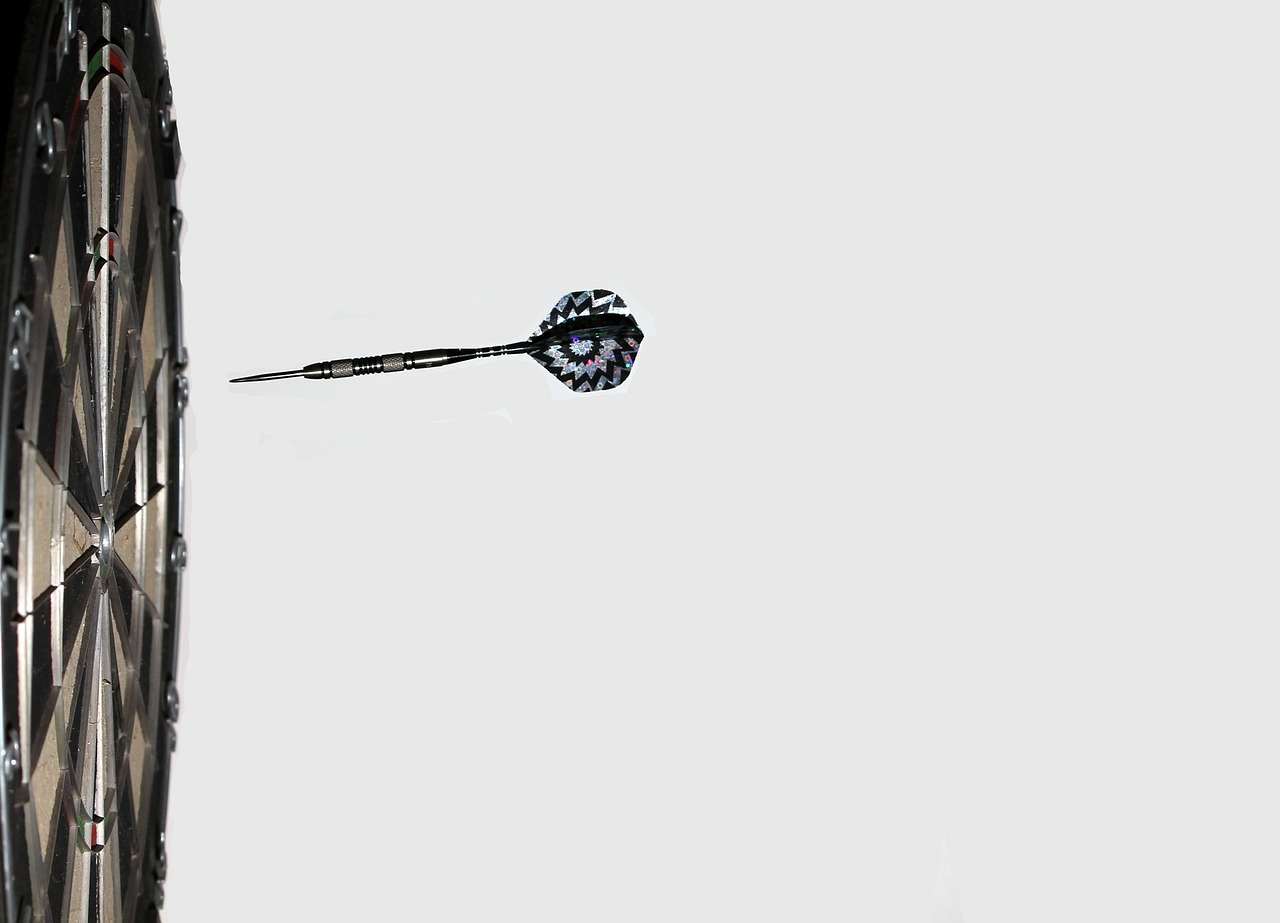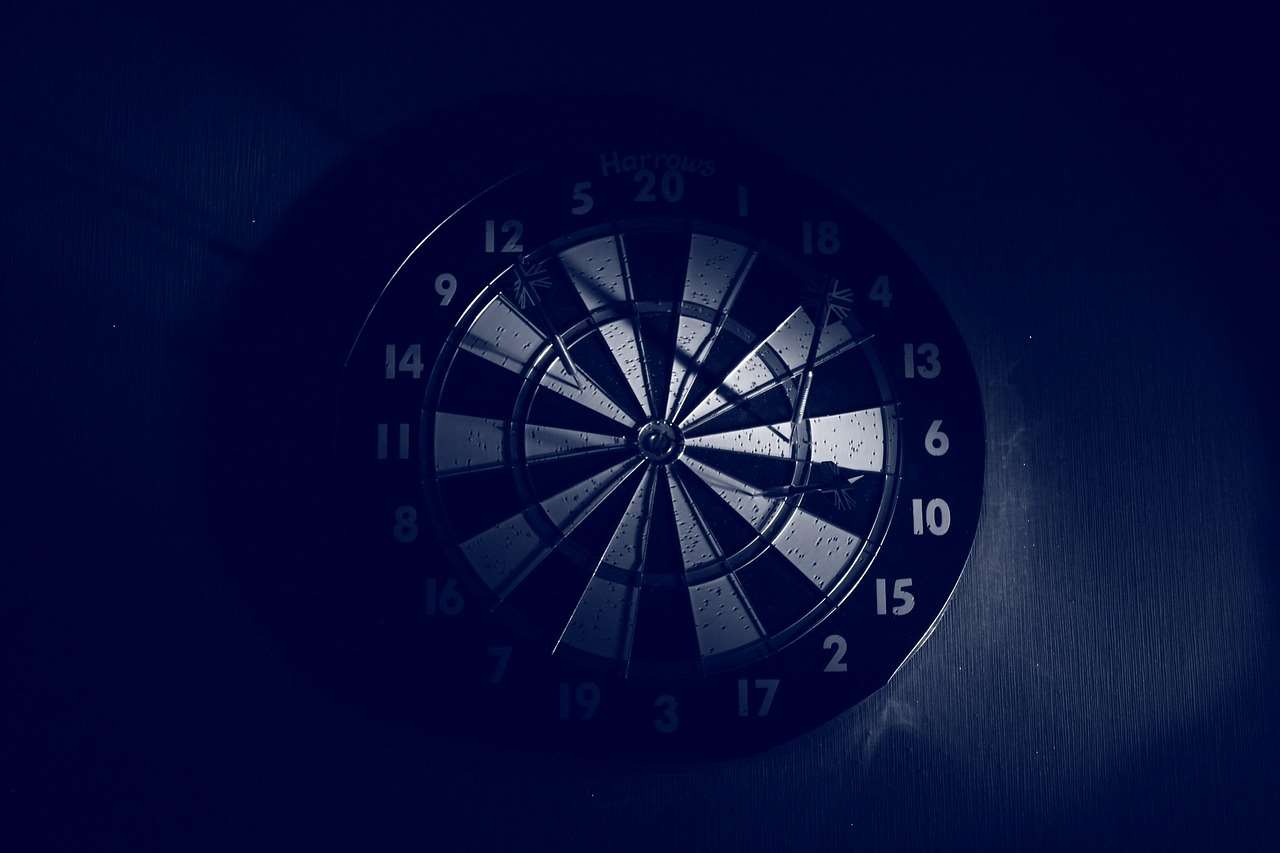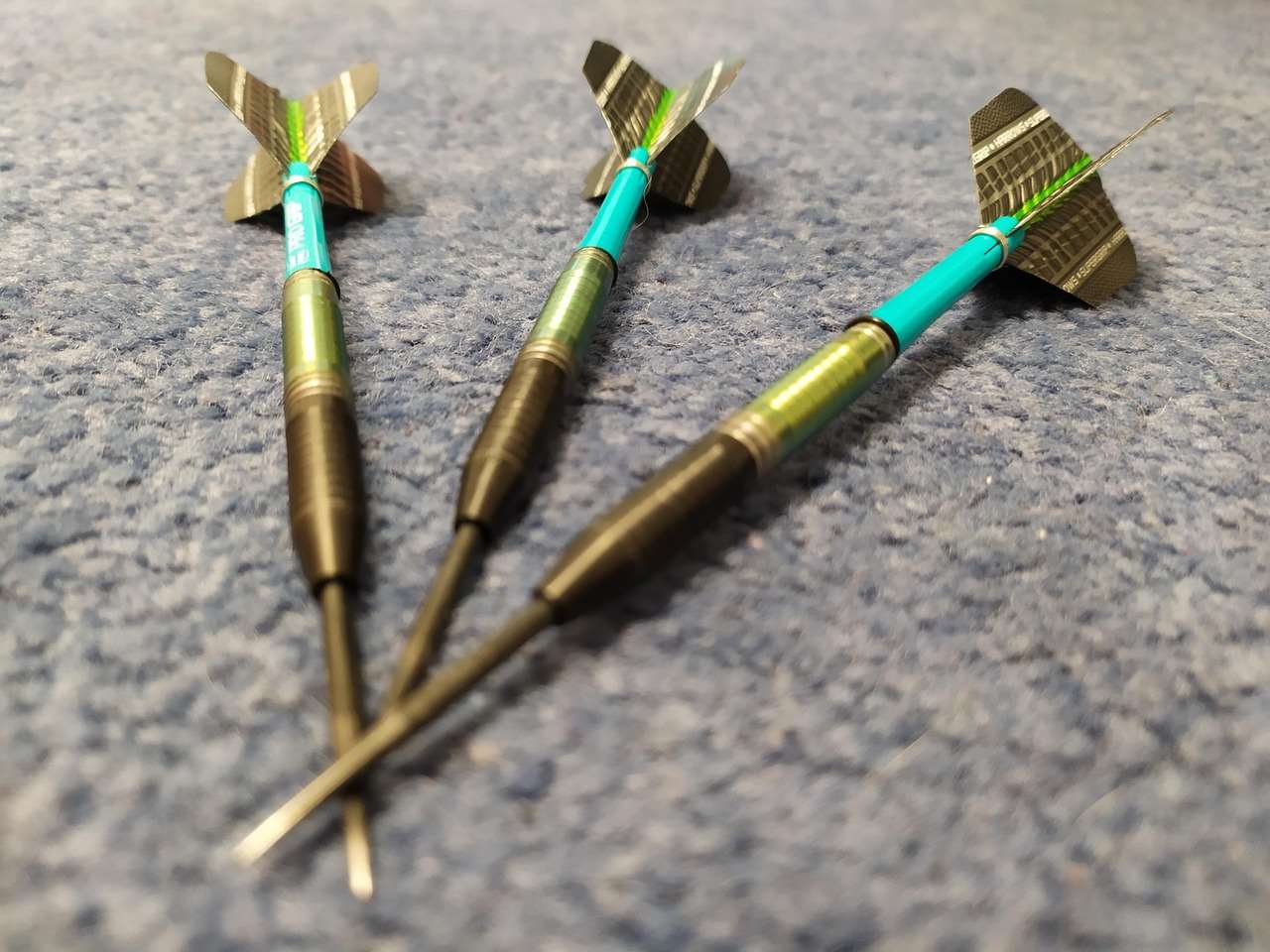The oche, that seemingly insignificant line you stand behind when playing darts, has a rich and fascinating history. Understanding the History Of The Oche reveals how this crucial element of the game evolved from informal beginnings to standardized regulations. This article will explore the origins of the oche, its early variations, the process of standardization, and its enduring significance in the world of darts.
⚠️ Still Using Pen & Paper (or a Chalkboard)?! ⚠️
Step into the future! The Dart Counter App handles all the scoring, suggests checkouts, and tracks your stats automatically. It's easier than you think!
Try the Smart Dart Counter App FREE!Ready for an upgrade? Click above!
Unveiling the Early History Of The Oche
The earliest days of darts were far from standardized. Pub games evolved organically, with rules and distances varying wildly from location to location. There was no governing body, no official regulations, and certainly no universal agreement on where a player should stand. In essence, the **history of the oche** begins in a world of improvisation and local custom. This lack of uniformity extended to the throwing line itself. Some pubs might have used a chalk mark on the floor, while others might have relied on a conveniently placed floorboard or even just an agreed-upon spot.

Early references to darts often omit specific details about the throwing distance, further obscuring the precise history of the oche. We can surmise that players intuitively established a distance that felt challenging yet achievable, likely influenced by the size of the room, the quality of the darts, and the skill level of the players. The concept of a designated throwing point, however rudimentary, was undoubtedly present from the start. The challenge lies in tracing its transformation from an informal marker to the standardized line we know today.
From Chalk Lines to Defined Spaces
As darts gained popularity, particularly in pubs, the need for a more consistent approach became apparent. Disputes over throwing distances were likely commonplace, and a more formal marker was needed to ensure fair play. Chalk lines began to appear more frequently, offering a more visible and easily adjustable marker than relying on existing floor features. This marked an important step in the evolution of the oche. The chalk line allowed for adjustments based on space and skill, leading to a more standardized experience. This process took time to evolve into the formal definition we recognize today, and a deeper insight into the Quality Comparison Budget Premium Darts, and the related equipment, often impacted the way pubs adopted certain standards.
The Road to Standardization: Establishing a Consistent Throwing Distance
The standardization of the oche’s distance is a crucial chapter in the history of the oche. This process was driven by the growing popularity of competitive darts and the need for fair and consistent rules. As regional leagues and national tournaments emerged, the discrepancies in throwing distances became increasingly problematic. Different regions, and sometimes even different pubs within the same region, used varying distances, creating confusion and hindering the development of a truly national standard. This made organizing fair competitions challenging.

The National Darts Association (NDA), and later the British Darts Organisation (BDO), played pivotal roles in establishing a standardized throwing distance. Through debate, experimentation, and compromise, they arrived at the now-familiar measurement of 7 feet 9 1/4 inches (2.37 meters). This seemingly precise figure wasn’t arrived at arbitrarily. It likely stemmed from a combination of practical considerations, existing local practices, and a desire to find a distance that offered a reasonable challenge to players of varying skill levels. Choosing the right dartboard setup is also key to making the most out of playing, and considering to Choose Best Dart Equipment is important.
The Importance of Precise Measurement
The seemingly odd measurement of 7 feet 9 1/4 inches is not just a random figure; it represents a carefully considered attempt to balance challenge and playability. Even slight variations in the distance can significantly impact a player’s accuracy and scoring potential. A shorter distance might make the game too easy, while a longer distance might make it too difficult for the average player. The standardized distance ensures a level playing field and allows for meaningful comparisons of skill across different players and tournaments. Ensuring the dartboard is setup correctly is important to playing with the oche, and is a key part of the game.

The precise measurement is not just about fairness; it’s also about maintaining the integrity of the game. By adhering to a standardized distance, players can develop consistent throwing techniques and strategies. They can practice with the confidence that their efforts will translate to success in competitive play. It fosters consistent gameplay between players.
The Oche Today: A Symbol of Consistency and Fair Play
Today, the oche is more than just a line on the floor; it’s a symbol of consistency, fair play, and the rich history of the oche of darts. Whether you’re playing a casual game in your local pub or competing in a professional tournament, the oche provides a standardized starting point, ensuring that everyone is playing by the same rules. Its presence helps maintain professionalism in the game of darts. Now knowing Best Budget Darts For Beginners, it is key to understanding why the oche is such an important aspect.
Materials and Construction of the Modern Oche
While the basic principle of the oche has remained the same – a designated line that players must stand behind – the materials and construction methods have evolved. In the early days, a simple chalk line or a piece of tape might have sufficed. However, modern oches are often made of more durable materials, such as wood, metal, or plastic, and are designed to be easily portable and adjustable. Many oches now come with adjustable feet to compensate for uneven floors, ensuring that the throwing line is always perfectly level. This creates a better playing experience.
The Oche in the Digital Age
Even in the digital age, the oche remains a vital component of the game. Online darts platforms often incorporate virtual oches, ensuring that players adhere to the standardized throwing distance even when playing remotely. This helps maintain the integrity of the game and allows for fair competition between players from around the world. Virtual oches maintain competitive integrity. Thinking about Are Premium Darts Worth It and how they will perform alongside the oche is key.

Tips for Setting Up and Maintaining Your Oche
Setting up your oche correctly is crucial for ensuring a fair and enjoyable game of darts. Here are a few tips to help you get it right:
- Measure accurately: Use a tape measure to ensure that the distance from the face of the dartboard to the oche is exactly 7 feet 9 1/4 inches (2.37 meters).
- Ensure it’s level: Use a level to make sure that the oche is perfectly horizontal. If the floor is uneven, use adjustable feet or shims to compensate.
- Use a durable material: Choose an oche made of a durable material that can withstand repeated use. Wood, metal, and plastic are all good options.
- Make it visible: Use a brightly colored oche or add a contrasting strip of tape to make it clearly visible.
Maintaining your oche is equally important. Regularly check the distance and level to ensure that it remains accurate. Clean the oche regularly to remove dirt and debris that could affect its grip. Replace the oche if it becomes damaged or worn. Ensuring consistent and quality setup will only enhance the game.
The Enduring Significance of the Oche
The History Of The Oche shows a journey from informal beginnings to a standardized feature of the game. The oche serves as a constant reminder of the importance of consistency, fair play, and the rich traditions of darts. As the game continues to evolve, the oche will undoubtedly remain a vital component, ensuring that the spirit of darts is preserved for generations to come. Considering what is needed to Difference Budget Premium Darts, and even the board, is important when thinking about consistency in gameplay.

Understanding the history of the oche helps players appreciate the importance of this seemingly simple line and the role it plays in upholding the integrity of the game. From its humble beginnings as a chalk mark on the floor to its current status as a standardized fixture in pubs and tournaments around the world, the oche has stood the test of time, representing a commitment to fair play and consistent standards.
Conclusion: Appreciating the History and Importance of the Oche
The oche, seemingly a simple line, carries a rich and fascinating **history**. Its evolution from informal pub markings to a standardized component of the game underscores the importance of fair play, consistency, and the ongoing development of darts. Understanding the **history of the oche** allows players to appreciate its significance and the role it plays in maintaining the integrity of the sport. So, next time you step up to the oche, take a moment to consider its **history** and the traditions it represents. Ready to test your skills? Head to your local pub, set up your own dartboard, and experience the thrill of the game firsthand!
Hi, I’m Dieter, and I created Dartcounter (Dartcounterapp.com). My motivation wasn’t being a darts expert – quite the opposite! When I first started playing, I loved the game but found keeping accurate scores and tracking stats difficult and distracting.
I figured I couldn’t be the only one struggling with this. So, I decided to build a solution: an easy-to-use application that everyone, no matter their experience level, could use to manage scoring effortlessly.
My goal for Dartcounter was simple: let the app handle the numbers – the scoring, the averages, the stats, even checkout suggestions – so players could focus purely on their throw and enjoying the game. It began as a way to solve my own beginner’s problem, and I’m thrilled it has grown into a helpful tool for the wider darts community.